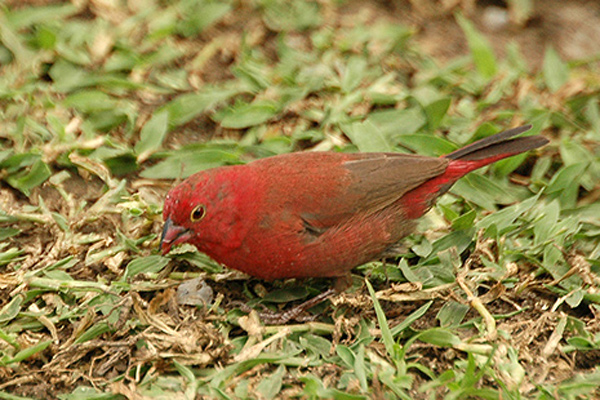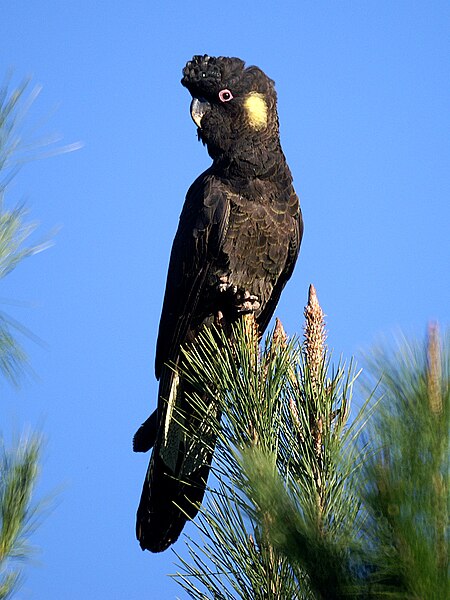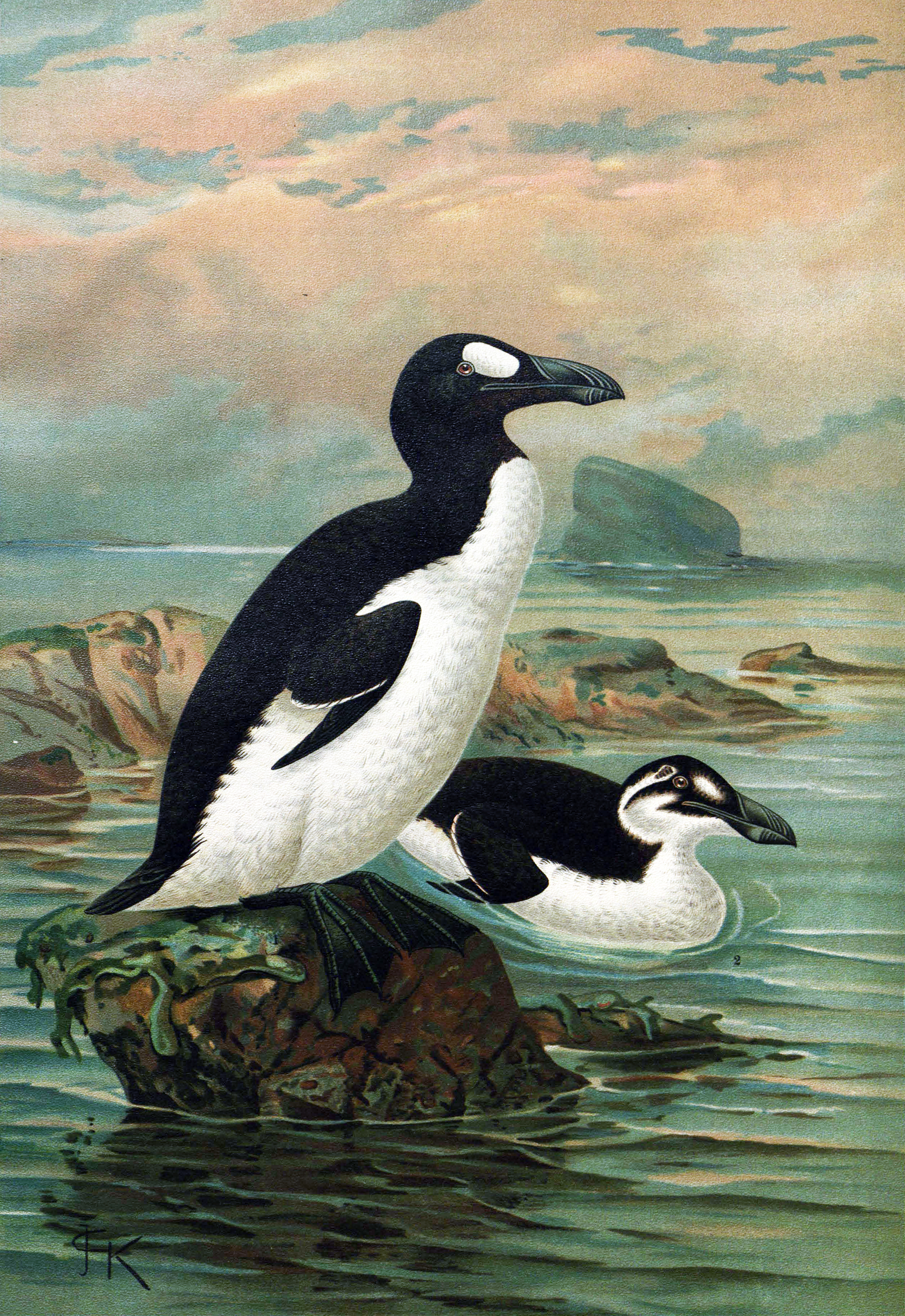Aviculturists desiring to keep ducks are fortunate in that two of the world’s most brilliantly-colored species, the Mandarin Duck (Aix graiculata) and the Wood Duck (Aix sponsa), are small, hardy and have long been bred in captivity. Despite occupying opposite ends of the globe, their natural histories and captive care are very similar. While the decision to keep aquatic birds should not be made lightly, either of these little beauties makes an excellent “first duck” for those with the means to provide for them. Read More »
Category Archives: Wild Birds
Feed SubscriptionThe Red-Billed or African Firefinch – Captive Care and Breeding
 Also known as the Senegal Firefinch (Lagonosticta senegala), this spectacular African import is one of the few entirely red-colored birds available to aviculturists. Northern Cardinals, one of my favorites, are not legal to keep here in the USA…the Red-Billed Firefinch is the only species I’ve found that comes close to matching it’s brilliant plumage. They are not rare in the wild or captivity, but never lose their appeal – even to lifelong bird keepers, Firefinches always seem “special”.
Also known as the Senegal Firefinch (Lagonosticta senegala), this spectacular African import is one of the few entirely red-colored birds available to aviculturists. Northern Cardinals, one of my favorites, are not legal to keep here in the USA…the Red-Billed Firefinch is the only species I’ve found that comes close to matching it’s brilliant plumage. They are not rare in the wild or captivity, but never lose their appeal – even to lifelong bird keepers, Firefinches always seem “special”.
Range and Habitat
Ranging throughout much of Africa south of the Sahara, Firefinches have adapted well to people…in many developed areas their chirping is among the most familiar of the day’s sounds. The typical natural habitat is savanna, overgrown scrub and the edges of lightly-wooded areas.
Several related species, some of which are equally as gorgeous as the Red-Billed Firefinch, also occur in Africa, but none are well-established in captivity. Read More »
Bird Extinction Announced – the Alaotra Grebe is Gone Forever – Part 2
 In Part 1 of this article I relayed the sad news that the Alaotra Grebe (Tachybaptus rufolavatus), a small, fish-eating waterbird once endemic to Madagascar, has joined the ranks of the 130+ birds that have been declared extinct since the year 1500. Some of the factors that caused its demise, explained in that article, also endanger the other 190 species of birds considered to be threatened with imminent extinction. Today I’d like to review the status of rare and endangered birds in the USA. Read More »
In Part 1 of this article I relayed the sad news that the Alaotra Grebe (Tachybaptus rufolavatus), a small, fish-eating waterbird once endemic to Madagascar, has joined the ranks of the 130+ birds that have been declared extinct since the year 1500. Some of the factors that caused its demise, explained in that article, also endanger the other 190 species of birds considered to be threatened with imminent extinction. Today I’d like to review the status of rare and endangered birds in the USA. Read More »
Rare Australian Cockatoo Chicks Hatch – Population Now at 25 Birds
 Although a total population of 25 individuals does not sound very promising, hope remains that the Eyre Peninsula population of Yellow-Tailed Black Cockatoos (Calyptorhynchus funereus xanthanotus) will rebound. With only 9 birds believed left in the wild, even the hatching of single chick, the first since the devastating brush fires of January, 2005, is cause for celebration. A second chick, hatched at the George Wildlife Park in Adelaide, brought the captive population to 15.
Although a total population of 25 individuals does not sound very promising, hope remains that the Eyre Peninsula population of Yellow-Tailed Black Cockatoos (Calyptorhynchus funereus xanthanotus) will rebound. With only 9 birds believed left in the wild, even the hatching of single chick, the first since the devastating brush fires of January, 2005, is cause for celebration. A second chick, hatched at the George Wildlife Park in Adelaide, brought the captive population to 15.
Fires Deliver the Knockout Punch
While this species does range into other parts of Australia, the isolated population inhabiting South Australia’s Eyre Peninsula has long been at risk of extinction. The massive fires of 2005 pushed them further towards the brink, destroying breeding habitat and depressing food supplies. Read More »
Bird Extinction Announced – the Alaotra Grebe is Gone Forever
 Christening 2010 the “International Year of Biodiversity” has unfortunately been of no use to the Alaotra Grebe (Tachybaptus rufolavatus). The small waterbird, once endemic to Madagascar, has become the first avian species to be declared extinct since the Liverpool Pigeon disappeared in 2008. Birdlife International which recently (May, 2010) added the Alaotra Grebe to the IUCN Red List of Extinct Species, noted that it has not been sighted since 1985, despite surveys of the single brackish lake in which it dwelled.
Christening 2010 the “International Year of Biodiversity” has unfortunately been of no use to the Alaotra Grebe (Tachybaptus rufolavatus). The small waterbird, once endemic to Madagascar, has become the first avian species to be declared extinct since the Liverpool Pigeon disappeared in 2008. Birdlife International which recently (May, 2010) added the Alaotra Grebe to the IUCN Red List of Extinct Species, noted that it has not been sighted since 1985, despite surveys of the single brackish lake in which it dwelled.
The image posted with this article is the only known photograph of the Alaotra Grebe. Other recently extinct birds, such as the penguin-like Great Auk, are known only from museum specimens (please see photo).
Recent Bird Extinctions
The Alaotra Grebe joins over 130 other birds that have disappeared since the year 1500. Nearly all bird families have been affected, with parrots and flightless island dwellers being particularly hard-hit. In the last 25 years, 2 other grebes (the Columbian and Atlitan Grebes) have become extinct; Peru’s Junin Grebe is thought to be represented by a mere 250 individuals.
In the USA, Hawaii’s Po’ouli Honeycreeper is believed extinct. Worldwide, 190 species of birds are considered to be Critically Endangered and facing imminent extinction.
Why the Alaotra Grebe was Lost
Although detailed studies have not been conducted, it appears that a number of sinister factors combined to seal the Alaotra Grebe’s fate. Two large species of predatory fishes that were introduced to Lake Alaotra, the grebe’s sole habitat, consumed chicks and out-competed the birds for food (small fish). Also, a drastic increase in the use of gill nets by local fisherman resulted in many grebes being drowned, and introduced plants have destroyed critical nesting areas.
Why Should We Care?

I have often faced this question when speaking of the disappearance of seemingly “inconsequential” creatures, especially when addressing children in NYC and others far removed from “nature”. The answers are numerous and complex, and I must admit that I was not always successful in generating concern.
Birdlife International has come up with a wonderful idea…readers can post their opinions as to why the extinction of this bird, or any plant or animal, should concern us. There are already a great many insightful comments…please add your own here.
Further Reading
Please check out this BBC article for more bad and good bird conservation news.
Alaotra Grebe image referenced from wikipedia and originally Paul Thompson
 That Bird Blog – Bird Care and History for Pet Birds
That Bird Blog – Bird Care and History for Pet Birds
